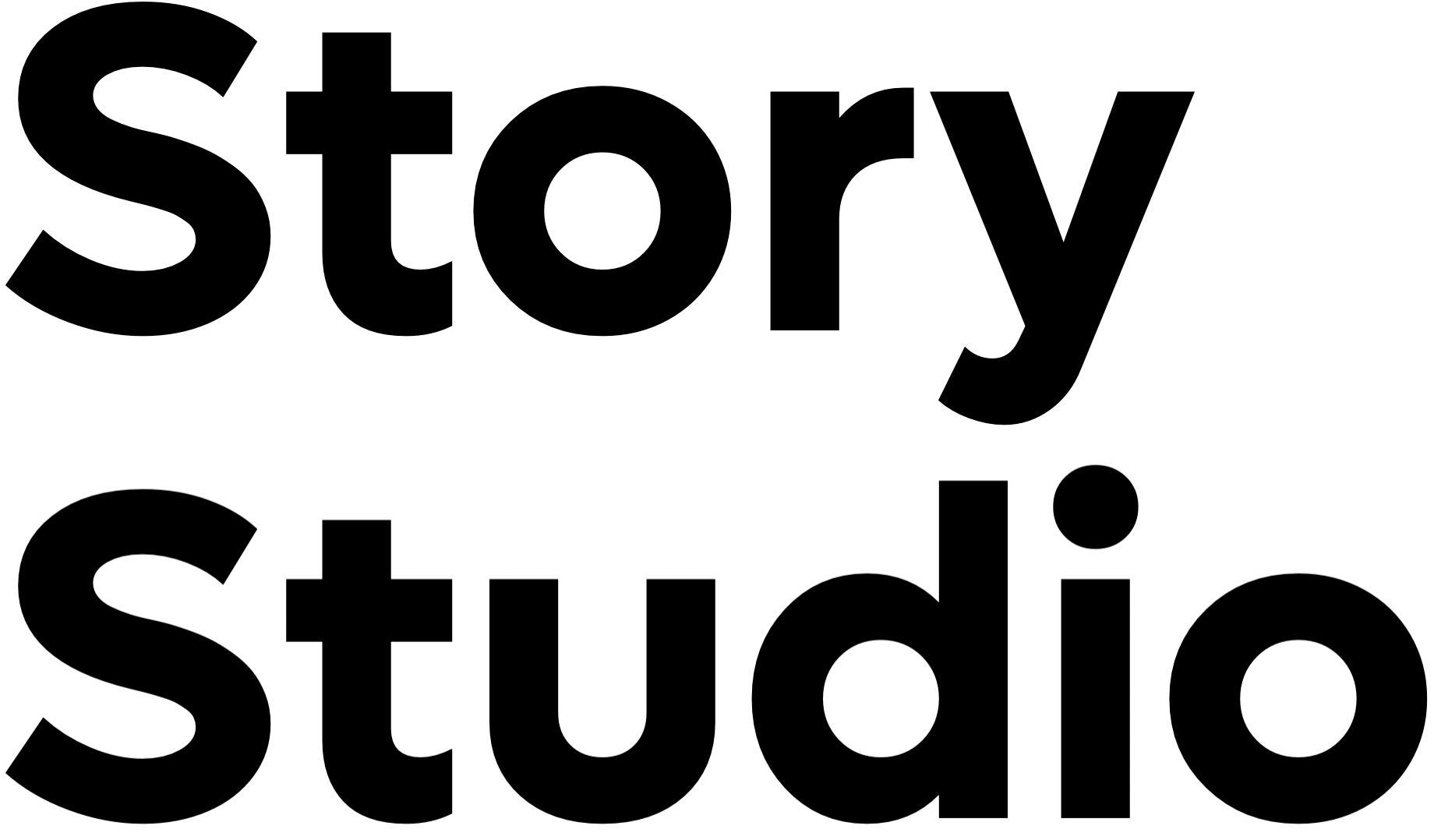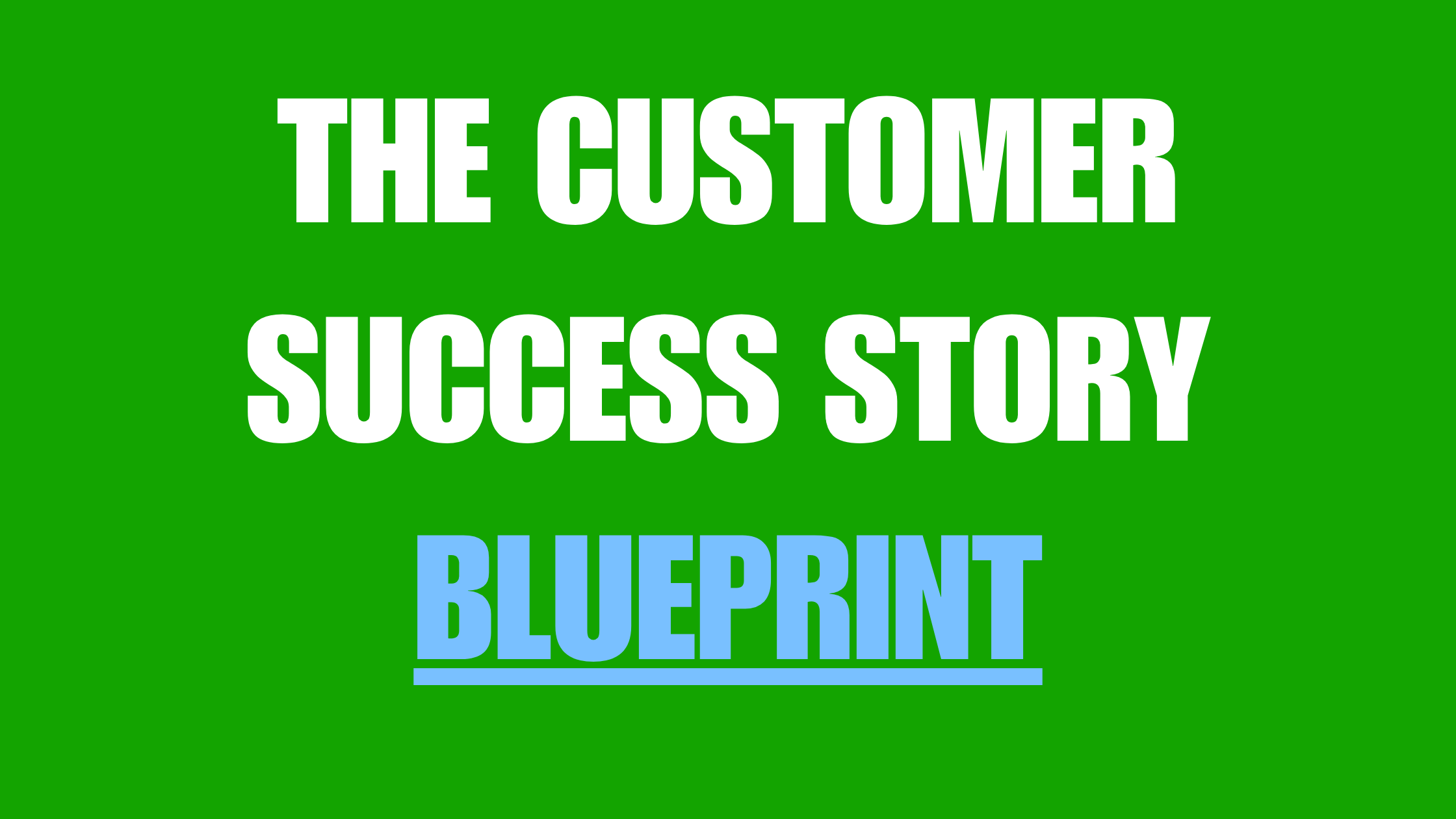We’re about to break down the essential ingredients every customer success story needs. Things we’ve learned from years of writing customer stories for billion-dollar businesses to seed-stage startups and everything in between.
By the end, you’ll be able to create impactful case studies of your own that drive real business outcomes.
Let’s go!
Customer success stories must be highly “intentional”
Powerful customer success stories have a specific job to do – a higher purpose.
Rather than a laundry list of features, an effective story spotlights how your product or service empowers a specific customer to achieve a specific result.
Sure, more generic customer stories can work. But having multiple assets in your arsenal, purposefully designed to achieve different things, is way more effective than loads of one-size-fits-all stories.
So, first of all, write down the following:
- The GOAL you want to achieve with the story
- The TOPIC that serves that goal
- The AUDIENCE that has an interest in that topic
- The desired TAKEAWAY for the reader
Answering these questions, before putting pen to paper, will keep you laser-focused.
Here’s an example:
GOAL: To upsell existing customers.
TOPIC: A long-term customer that upgraded and achieved incredible ROI.
AUDIENCE: CTOs.
TAKEAWAY: Book a call to discuss a new package.
This is a simple exercise. But it’s incredibly powerful.
Choosing a Storytelling Framework
99.9% of customer success stories follow the CSR model (CHALLENGE → SOLUTION → RESULTS).
There’s nothing wrong with the CSR. It’s tried and tested. We use it all the time.
But the CSR model is not a story. It’s a skeleton onto which you should layer a storytelling framework to capture attention and inspire.
Here are five storytelling frameworks we use the most. We love them so much we’ve given them cool names:
- The Game Changer: Shows transformation achieved through strategic partnership, positioning your solution as the driver/catalyst.
- The Roadmap: Details the step-by-step customer journey. Aims to show prospects they can reach similar milestones by leveraging your product/service.
- The Debunker: Directly addresses audience objections or doubts by sharing examples that disprove assumptions or remove doubt and confusion.
- The Lifesaver: Explains how your products or services helped the business overcome a specific challenge your prospect faces, particularly if previous solutions failed.
- The Integrator: Demonstrates how your offering seamlessly integrates with processes and platforms your prospect uses. Removes switching anxiety/objections.
Making your customer the hero
Let’s be real. Your prospect doesn’t give a sh*t about your company or your product.
What they care about is their problems, their goals, and how they can make more money with less stress, risk, and time.
When you construct your narrative, it’s natural to want to make your product or service the hero of the story – the knight in shining armor that swoops in and rescues your somewhat feeble customer.
Resist this urge at all costs.
The true protagonist of this story must be your customer. It’s your job to make them seem powerful – not pitiful. Because if your prospect aspires to be like your customer, they’ll come to you. If they don’t, they won’t.
Follow the customer’s path from initial pain points through evaluating solutions, onboarding, hitting milestones, and eventually realizing results.
The challenges overcome and goals achieved should soak up the limelight. Not your product’s impressive features.
Pro tip: We’re bombarded by ads all day long. We’re wary of being sold to. To stand out, be authentic, and avoid the slightest whiff of hard sell.
Writing the perfect title
Your title is the most critical element of your customer success story. It has to grab the reader’s attention. Or it won’t be read.
A compelling title makes a promise to the reader. It offers a desired outcome in exchange for the read time.
The promise must be enticing. But it has to be genuine. In other words, the story has to deliver.
A customer story that doesn’t deliver on its promise will lose the reader’s trust and undermine your credibility (which is the exact opposite of what great customer success stories do.)
The best customer success story titles follow (what we call) the “1-1-1” framework.
- They call out the name of ONE customer.
- They have ONE theme.
- They feature ONE metric.
Here’s an example:

Establishing a story arc
It’s now time to bring together the key ingredients that give your story form and purpose. A strong narrative makes information 22 times more memorable – use this to your advantage.
Here are four things we like to think about to make sure we’re hitting all the essential themes:
- The Status Quo: What was the customer struggling with beforehand? Set the stage with the pain points or challenges that establish why change was needed.
- The Turning Point: How did the customer realize they needed to actively seek out a solution? Outline decision-maker drivers.
- Obstacles Overcome: Detail setbacks, objections raised, and risks taken while adopting your product and working towards outcomes. This builds emotional investment.
- The Resolution: Spotlight successes unlocked through implementing your solutions. Emphasize business objectives achieved and metrics improved in clear, measurable terms.
Adding supporting elements (that make stories pop!)
The visual design of your customer story is (nearly) as important as the narrative itself. A lackluster look reflects poorly on your brand, even if the underlying story resonates.
To make your customer story “pop”, you need vibrant, aspirational imagery (avoid stock images), a modern brand-correct design, and a functional layout.
Here are some other elements to consider:
Head Shots
The best customer stories are based on interviews with a key decision-maker. Including a headshot adds reliability and a “human interest angle,” which drives engagement.
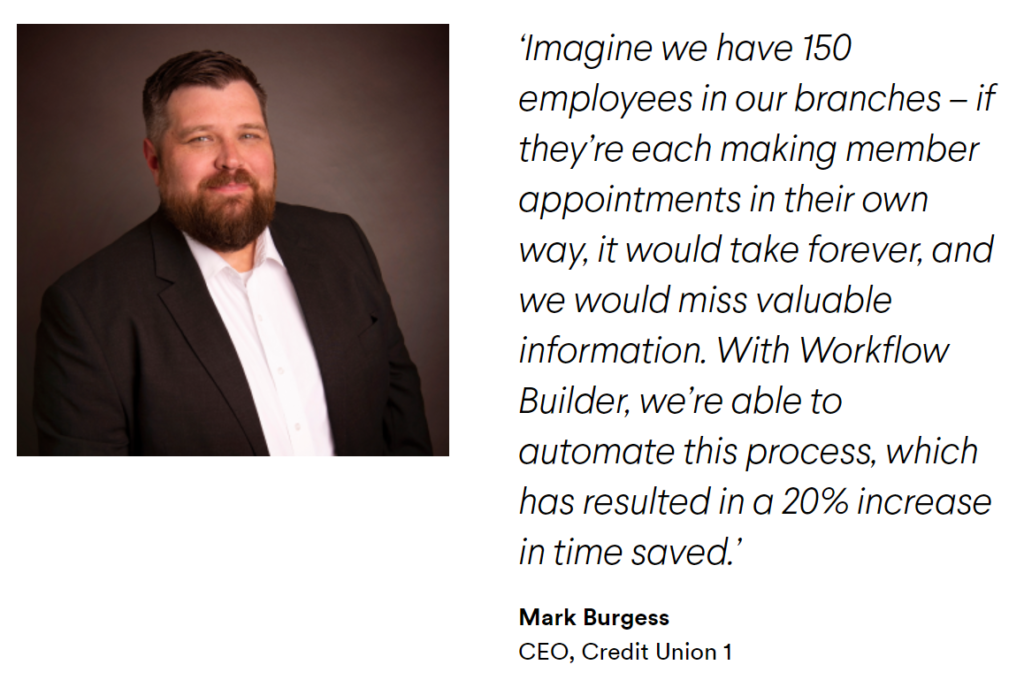
Pull Quotes
Scatter resonant customer quotes liberally throughout the story. Ringing endorsements “straight from the horse’s mouth” build trust and help break up big chunks of text.

Stats
Insert metrics to substantiate your claims. Do whatever you can to extract these from customers. This isn’t always easy, but there are a number of tricks you can employ to elicit the good stuff (get in touch, we can advise.)
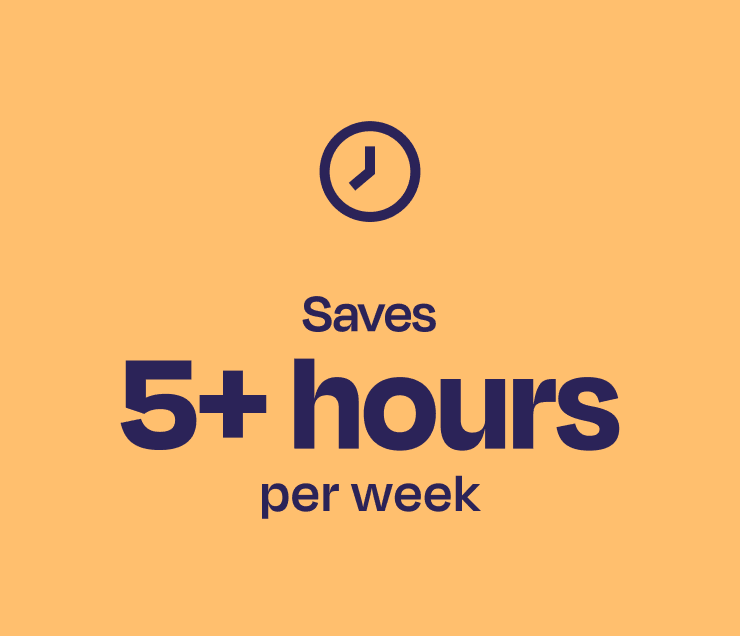
Infographics
It’s important not to overdo it when it comes to visual elements. But stripped-back graphs and infographics are a great way to illustrate key points and break up text.
Screenshots
SaaS companies can bring features to life with carefully selected screenshots. Just be careful not to overwhelm readers.
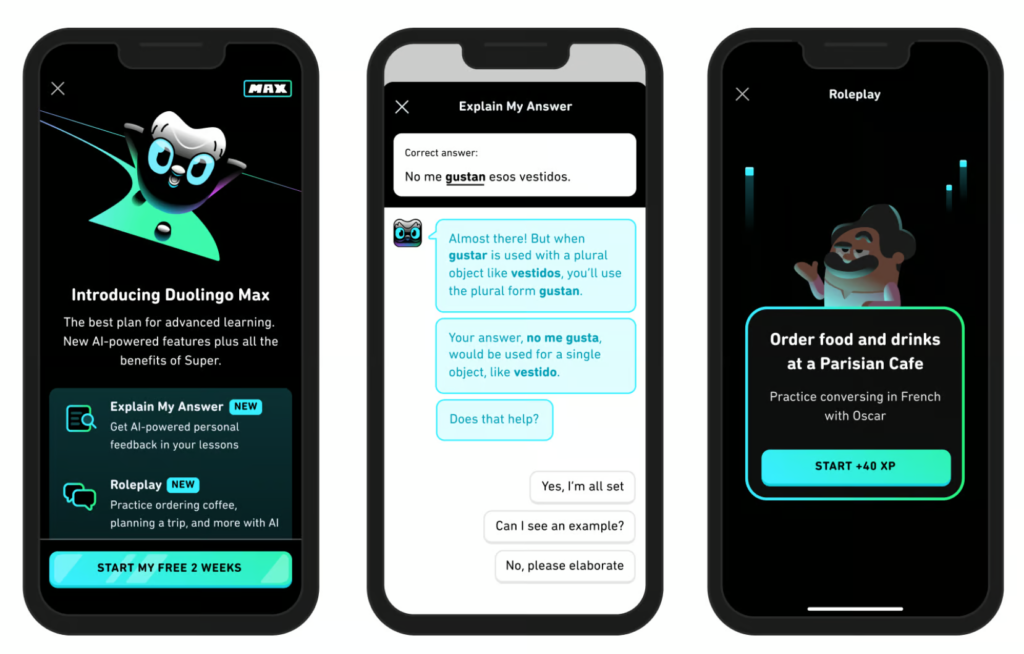
Highlights
Highlighting key details in bullet points—separate from the main text—allows prospective readers to assess a story quickly. That way, they don’t take one look at a big block of text and move on because they assume it’ll take forever to read.

The moral of the story
A well-crafted customer success story is a powerful tool in any sales and marketing arsenal, capable of building trust, demonstrating value, and driving action.
Focusing on the customer’s journey, leveraging storytelling frameworks, and ensuring a clear, relatable narrative can help you create stories that resonate and drive tangible business results.
Remember, the best success stories are highly intentional. They’re designed to achieve one outcome for one audience. They paint your customer, not your company or product, as the hero.
Stats and facts will bolster your narrative, but keep it human.
